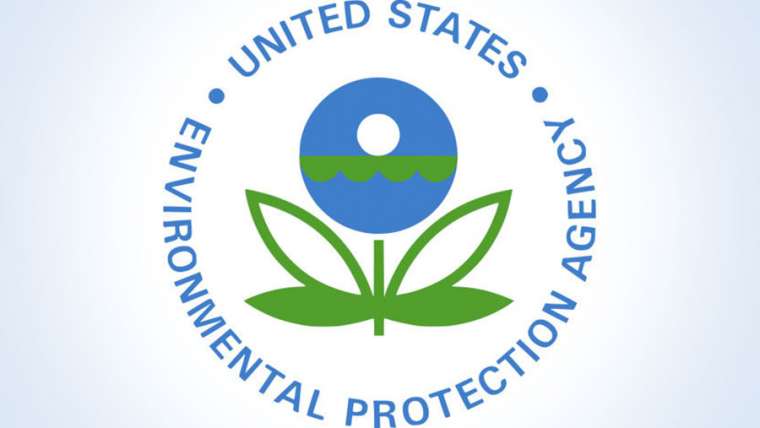On July 8th, 2021, the Candidate List of Substances of Very High Concern (SVHC) for inclusion in authorisation (Annex XIV) was published on ECHA’s website. Now, with the introduction of eight new substances, the so-called “Candidate List” has 219 entries.
Some of the new additions, which include two chemicals not registered under REACH, are used in consumer products such as cosmetics, rubber and textiles, while others are used as solvents, flame retardants or in the manufacturing of plastics products.
WHAT’S NEXT
The addition of these substances in the Candidate List requires, by the stakeholders, a constant monitoring of the regulatory situation as they could be soon recommended for inclusion among the substances subject to Authorization (Annex XIV REACH).
Companies must follow their legal obligations and ensure safe use. The SDS requires an update if the SVHC substance is contained in a mixture in concentration ≥ 1% by including this information in Section 15. Furthermore, article suppliers must notify SVHCs to ECHA’s substances of concern in products (SCIP) database under the Waste Framework Directive (WFD).
WHAT SUBSTANCES ARE INCLUDED, THE REASONS FOR THEIR INCLUSION AND EXAMPLES OF USE
The substances, the reasons for their inclusion and examples of uses are:
- 2-(4-tert-butylbenzyl)propionaldehyde and its individual stereoisomers (EC -; CAS -): toxic for reproduction. Used in cleaning agents, cosmetics, scented articles, polishes and wax blends.
- orthoboric acid, sodium salt (EC 237-560-2; CAS 13840-56-7): toxic for reproduction. Not registered under REACH but could be used as a solvent and corrosion inhibitor.
- 2,2-bis(bromomethyl)propane1,3-diol (BMP) (EC 221-967-7; CAS 3296-90-0); 2,2-dimethylpropan-1-ol, tribromo derivative/3-bromo-2,2-bis(bromomethyl)-1-propanol (TBNPA) (EC 253-057-0; CAS 36483-57-5); 2,3-dibromo-1-propanol (2,3-DBPA) (EC 202-480-9; CAS 96-13-9): carcinogenic. BMP is used in the manufacture of polymer resins and in one component foam (OCPF) application. TBNPA is used in polymer production, and the manufacture of plastics products, including compounding and conversion and as an intermediate. DBPA is registered as an intermediate.
- Glutaral (EC 203-856-5; CAS 111-30-8): respiratory sensitising properties. Used in biocides, leather tanning, X-ray film processing and cosmetics.
- Medium-chain chlorinated paraffins (MCCP) (UVCB substances consisting of more than or equal to 80% linear chloroalkanes with carbon chain lengths within the range from C14 to C17) (EC -; CAS -): persistent, bioaccumulative and toxic (PBT), and very persistent, very bioaccumulative (vPvB). Flame retardants, plasticising additives in plastics, sealants, rubber and textiles.
- phenol, alkylation products (mainly in para position) with C12-rich branched or linear alkyl chains from oligomerisation, covering any individual isomers and/or combinations thereof (PDDP) (EC -; CAS -): toxic for reproduction and endocrine disrupting properties for human health and the environment. Uses in the preparation of lubricant additive materials and of fuel system cleaners.
- 1,4-dioxane (EC 204-661-8; CAS 123-91-1): carcinogenic, and probable serious effects to human health and the environment. Used as a solvent.
- 4,4′-(1-methylpropylidene) bisphenol (bisphenol B) (EC 201-025-1; CAS 77-40-7): endocrine disrupting properties for human health and the environment. Not registered under REACH, could be used in the manufacture of phenolic and polycarbonate resin.
Source: ECHA



